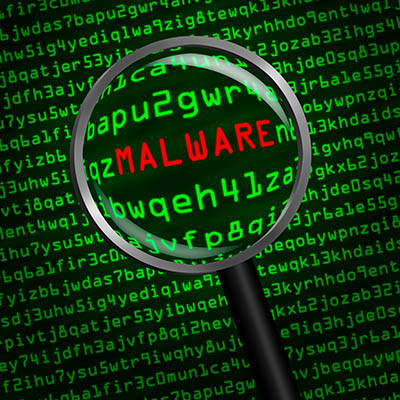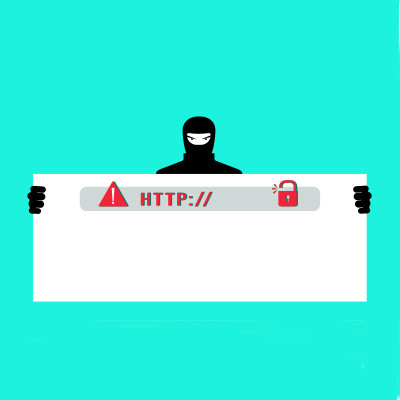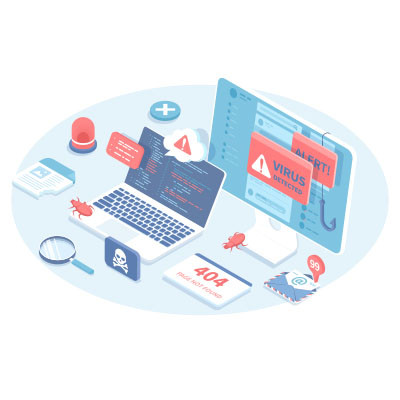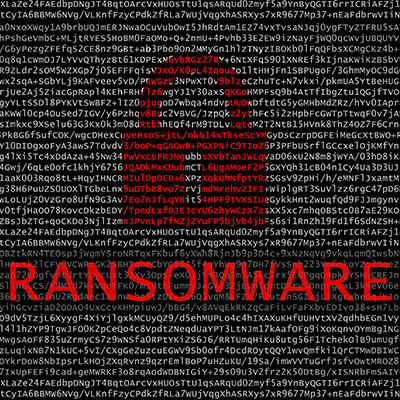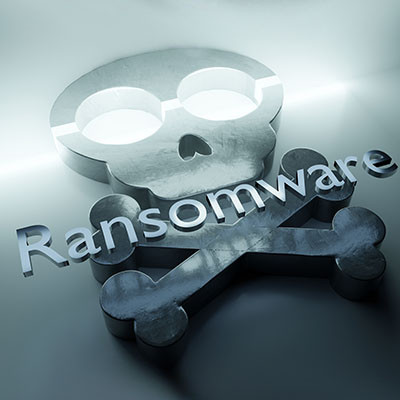Lock. Everything. Down.
Did you know there are entire websites out there, devoted to providing the default factory passwords for different devices? They aren’t on the Dark Web, either - this is on the visible, indexed Internet. Imagine if I were to come in with some idea of what brand of routers you had… if I had the right default credentials with me, I could easily access your router and wreak havoc in your business.
You need to consider every potential access point into your business and ensure it is properly secured. The same goes for any online accounts associated with your business, like cloud storage. Take the time to make sure that everything is secured with a password that meets best practices, and if memories are an issue, use a reputable password manager to simplify the task for your employees.
This also goes for your physical location. Many access control solutions exist that enable you to keep track of who accesses a certain area, and when, with the added benefit of keeping those without authorization out.
Keep Your Antivirus Updated
Many people may assume that, once they’ve installed an antivirus/antimalware solution, they are all set. The trouble is, more malware is being developed all the time, and there’s a good chance it is being developed to help the malicious software get past your antivirus. As it happens, the developers of the antivirus are aware of this, and frequently add new threat definitions to the software to make it more effective.
However, all the threat definitions in the world will do diddly-squat if your antivirus solution isn’t updated to include them. This is why it is important to keep an eye on your network’s health and take the time to check that you have the latest definitions included.
Keep a Backup
Finally, you have the nuclear option against malware… mutually assured destruction, that only you can recover from. That is, as long as you’ve been maintaining a proper backup.
If you should fall victim to a malware infection, completely wiping your devices and quite literally starting from scratch with them is your best hope of getting rid of it. However, in order to keep yourself from crippling your own business while doing so, you need to maintain an ace in the hole. By keeping a backup that passes best practices, you can be sure to have your data if you have to sacrifice your original copy.
Coleman Technologies can help you do all of this, and more. Reach out to us at (604) 513-9428 to learn more.


